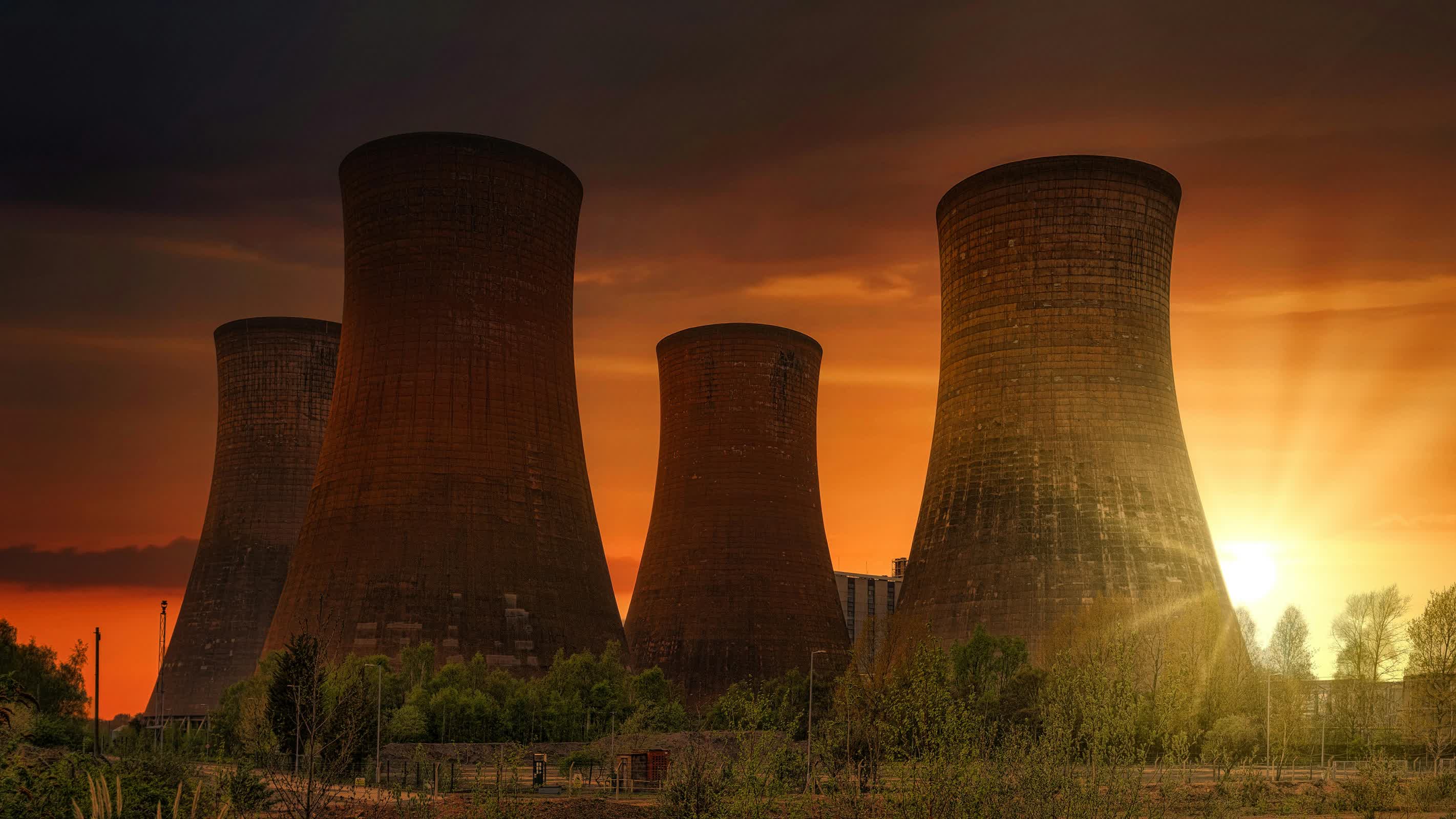Forward-looking: Researchers have developed a battery that converts nuclear energy into electricity using light emission. Led by a team from Ohio State University, the technology could revolutionize how we harness and repurpose nuclear waste.

A study published in Optical Materials: X outlines how ambient gamma radiation can be harvested to generate electricity for microelectronics. The prototype battery, measuring just four cubic centimeters, achieves this by combining scintillator crystals with solar cells.
The battery's design utilizes high-density scintillator crystals that emit light when exposed to radiation, which is then converted into electricity by solar cells. Researchers tested its effectiveness using two major fission products from spent nuclear fuel: cesium-137 and cobalt-60.
Experiments at Ohio State's nuclear reactor laboratory yielded promising results. With cesium-137, the battery produced 288 nanowatts, while the more potent cobalt-60 increased output to 1.5 microwatts – enough to power a tiny sensor.
Lead author Raymond Cao, a professor of mechanical and aerospace engineering at Ohio State, suggests that with an appropriate power source, these devices could be scaled up to generate watts of electricity, expanding their potential applications.

The researchers envision these batteries being deployed near nuclear waste production sites, such as storage pools or in nuclear systems for space and deep-sea exploration. Notably, while the battery harnesses gamma radiation – nearly a hundred times more penetrating than a standard X-ray – it does not contain radioactive materials, making it safe to handle.
The technology offers a potential breakthrough in repurposing nuclear waste, traditionally viewed as hazardous, into a valuable energy source. "We're harvesting something considered as waste and by nature, trying to turn it into treasure," Cao said.
The study also found that the shape and size of the scintillator crystals significantly influence electrical output. A larger volume enables greater radiation absorption and energy conversion, while an increased surface area enhances the solar cell's power generation capacity.
Ibrahim Oksuz, co-author of the study and research associate at Ohio State, described the results as a major step forward in power output. He emphasized that while the two-step process is still in its early stages, the next phase will focus on generating higher wattage through scaled-up designs.
Despite promising results, scaling up the technology presents challenges, primarily related to manufacturing costs. Cao noted that further research is needed to evaluate the batteries' long-term viability, efficiency, and durability in real-world applications.
Still, Oksuz remains optimistic about the future of nuclear-powered batteries. "The nuclear battery concept is very promising. There's still lots of room for improvement, but I believe in the future, this approach will carve an important space for itself in both the energy production and sensors industry."
Scientists develop battery that converts nuclear energy into electricity via light emission
